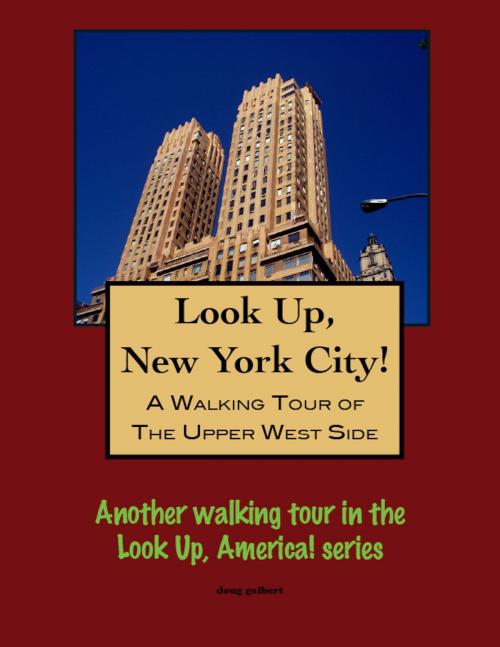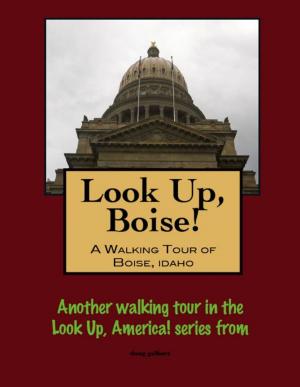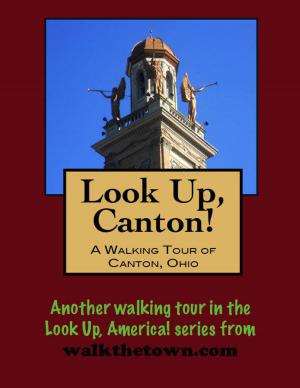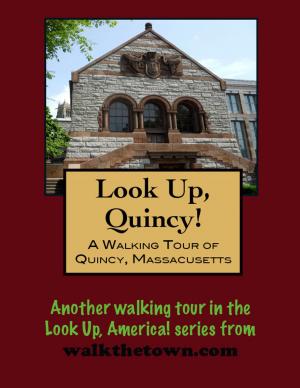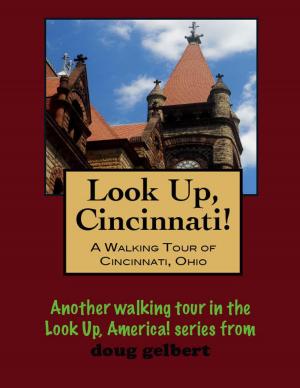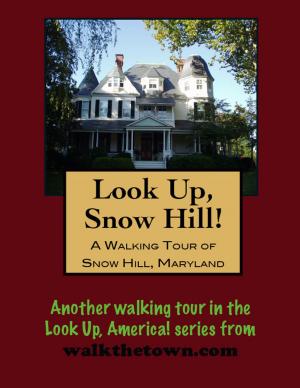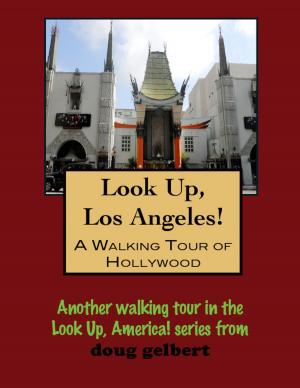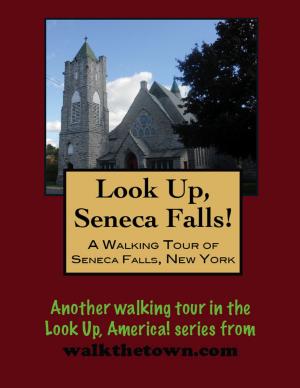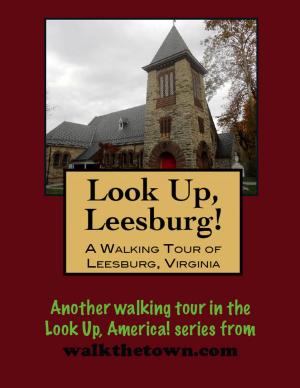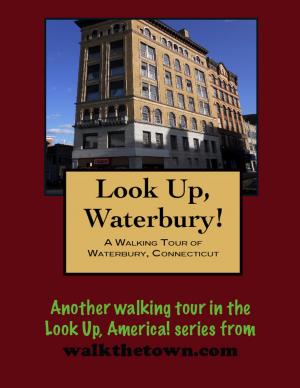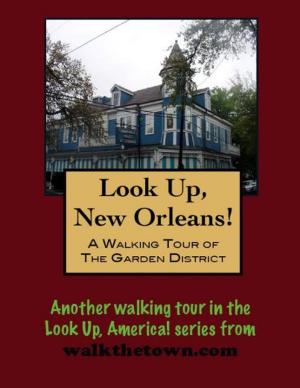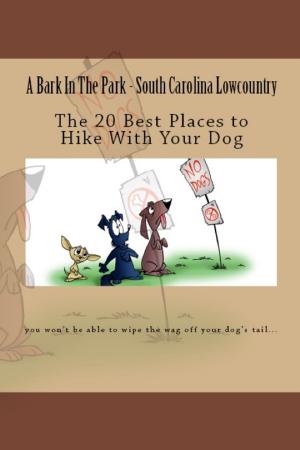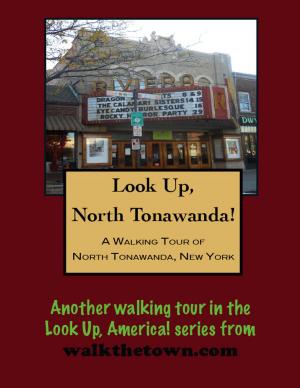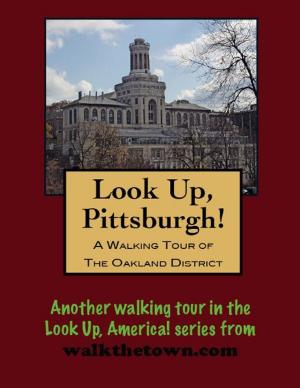| Author: | Doug Gelbert | ISBN: | 9781452307640 |
| Publisher: | Doug Gelbert | Publication: | January 11, 2010 |
| Imprint: | Smashwords Edition | Language: | English |
| Author: | Doug Gelbert |
| ISBN: | 9781452307640 |
| Publisher: | Doug Gelbert |
| Publication: | January 11, 2010 |
| Imprint: | Smashwords Edition |
| Language: | English |
There is no better way to see America than on foot. And there is no better way to appreciate what you are looking at than with a walking tour. Whether you are preparing for a road trip or just out to look at your own town in a new way.
Each walking tour describes historical and architectural landmarks and provides pictures to help out when those pesky street addresses are missing. Every tour also includes a quick primer on identifying architectural styles seen on American streets.
The New York of a century ago was a town in constant flux. Growing northward at the galloping pace of a mile every decade, the city’s centers of wealth, entertainment, commerce and residence metamorphosed in a constant, dizzying dance. One theme remained always – an agonizing housing shortage.
So when the 9th Avenue El’s opening in 1879 made the West Side easily accessible for the first time, most everyone expected would-be homeowners to absolutely pour into the area, checkbooks at the ready. But it didn’t happen that way. From Farm to Warehouse, This was especially true in the southern portion of the neighborhood-to-be, the land where John Somerindyck had once farmed, fished and hunted his vast estate. The 1880s saw an invasion by hordes of cheap, speculative tenements west of Broadway. The land around Central Park remained pretty much empty.
It’s easy to see why the southern Upper West Side got off to such a slow start. In the 1880s the place was still on the outskirts of town. The heart of fashionable society lay far downtown along Fifth. Avenue between Madison Square and Murray Hill. Nothing much was happening in Manhattan just below the West Side – except for the slimy doings in Hell’s Kitchen and along the docks. The lower Upper West Side was simply a part of a huge tract of land suddenly thrown open for development. The billowing smoke and noise of the ugly but essential El on Ninth Avenue cast a palling cloud upon the area. Farther to the west ran the massive trackworks of the New York Central railroad line, which opened around 1880. Besides adding another dose of smoke and noise, the trains carried livestock to stockyards at 60th Street, and the barnyard stench still another insult to the area.
The Upper West Side experienced a building boom from 1885 to 1910, thanks in large part to the 1904 opening of the city’s first subway line. Like the Upper East Side, the Upper West Side is primarily a residential and commercial area today, with many of its residents working in more commercial areas in Midtown and Lower Manhattan. Although an affluent neighborhood the Upper West Side never acquired the crustiness associated with its fellow Central Park habitue on the East River.
This walking tour will start at the foot of the Upper West Side in Columbus Circle...
There is no better way to see America than on foot. And there is no better way to appreciate what you are looking at than with a walking tour. Whether you are preparing for a road trip or just out to look at your own town in a new way.
Each walking tour describes historical and architectural landmarks and provides pictures to help out when those pesky street addresses are missing. Every tour also includes a quick primer on identifying architectural styles seen on American streets.
The New York of a century ago was a town in constant flux. Growing northward at the galloping pace of a mile every decade, the city’s centers of wealth, entertainment, commerce and residence metamorphosed in a constant, dizzying dance. One theme remained always – an agonizing housing shortage.
So when the 9th Avenue El’s opening in 1879 made the West Side easily accessible for the first time, most everyone expected would-be homeowners to absolutely pour into the area, checkbooks at the ready. But it didn’t happen that way. From Farm to Warehouse, This was especially true in the southern portion of the neighborhood-to-be, the land where John Somerindyck had once farmed, fished and hunted his vast estate. The 1880s saw an invasion by hordes of cheap, speculative tenements west of Broadway. The land around Central Park remained pretty much empty.
It’s easy to see why the southern Upper West Side got off to such a slow start. In the 1880s the place was still on the outskirts of town. The heart of fashionable society lay far downtown along Fifth. Avenue between Madison Square and Murray Hill. Nothing much was happening in Manhattan just below the West Side – except for the slimy doings in Hell’s Kitchen and along the docks. The lower Upper West Side was simply a part of a huge tract of land suddenly thrown open for development. The billowing smoke and noise of the ugly but essential El on Ninth Avenue cast a palling cloud upon the area. Farther to the west ran the massive trackworks of the New York Central railroad line, which opened around 1880. Besides adding another dose of smoke and noise, the trains carried livestock to stockyards at 60th Street, and the barnyard stench still another insult to the area.
The Upper West Side experienced a building boom from 1885 to 1910, thanks in large part to the 1904 opening of the city’s first subway line. Like the Upper East Side, the Upper West Side is primarily a residential and commercial area today, with many of its residents working in more commercial areas in Midtown and Lower Manhattan. Although an affluent neighborhood the Upper West Side never acquired the crustiness associated with its fellow Central Park habitue on the East River.
This walking tour will start at the foot of the Upper West Side in Columbus Circle...
